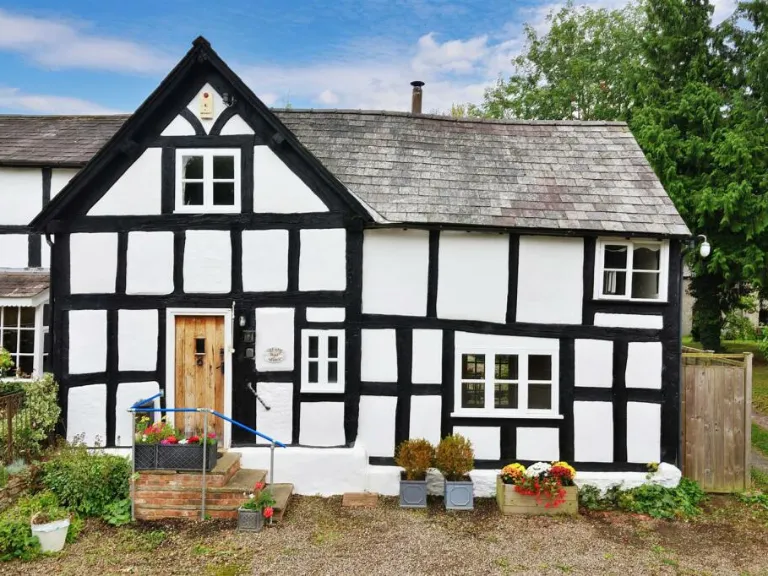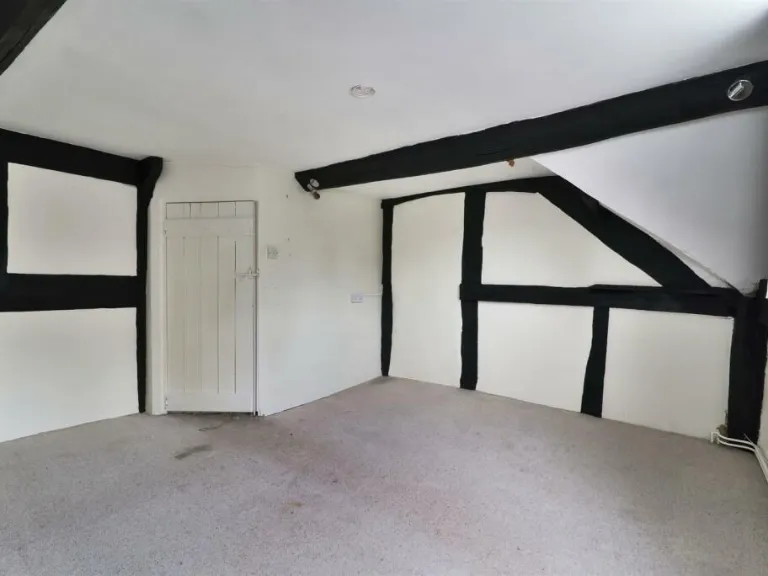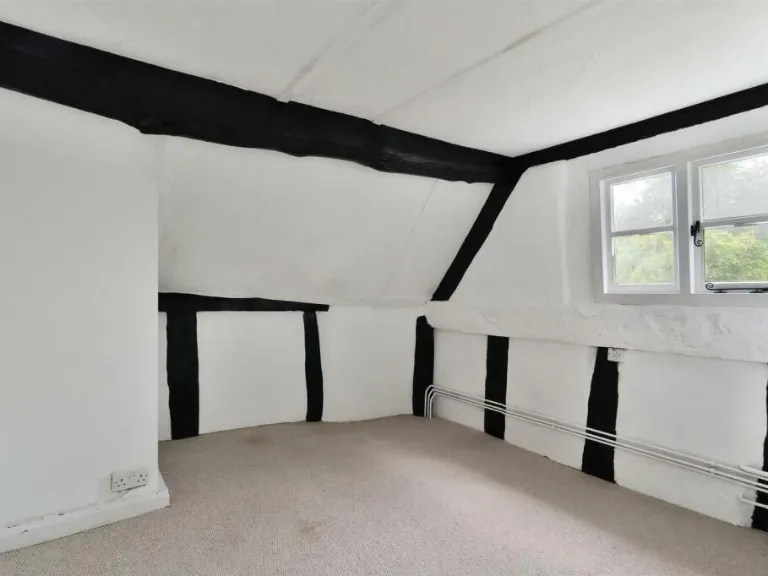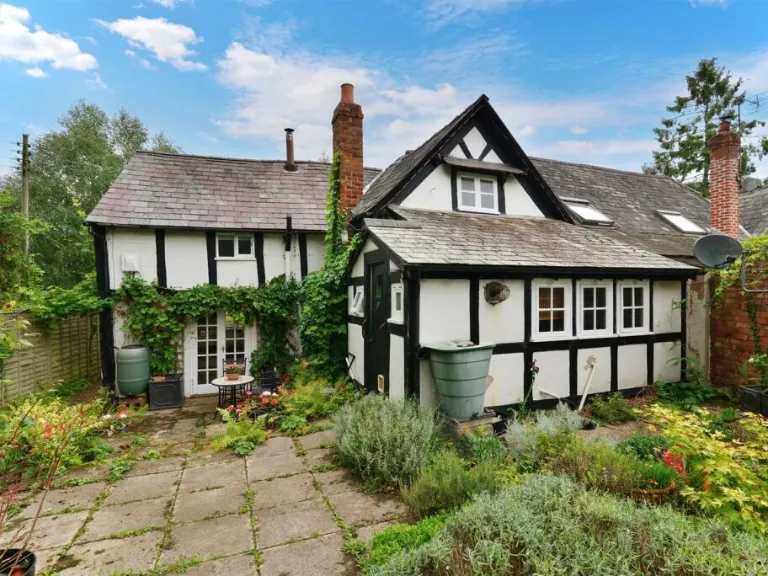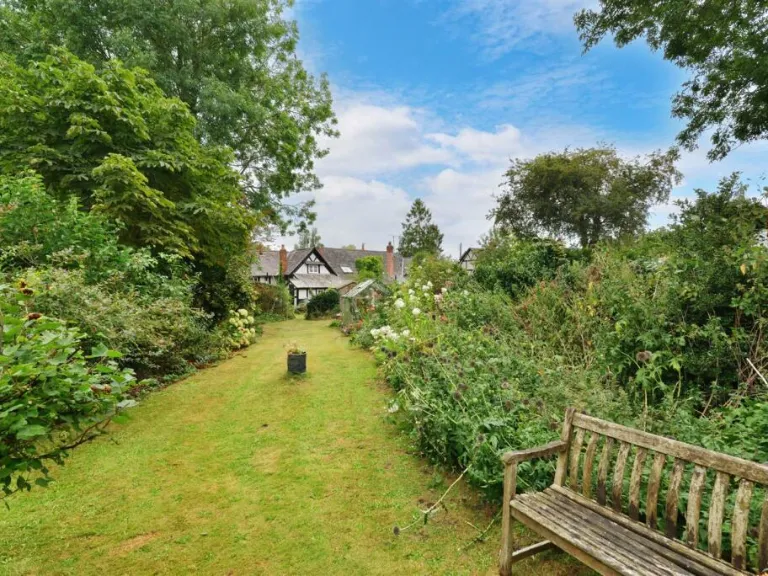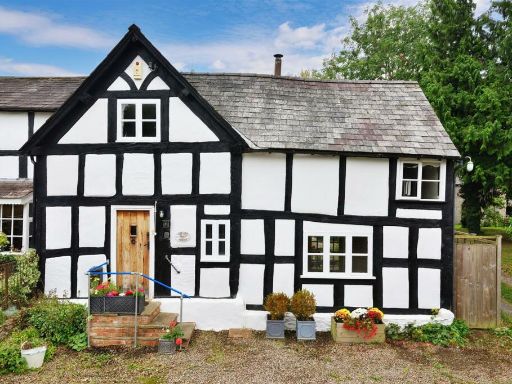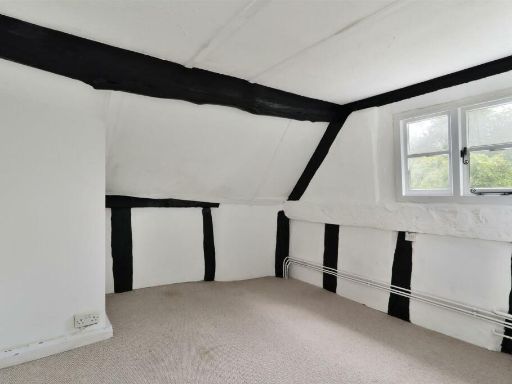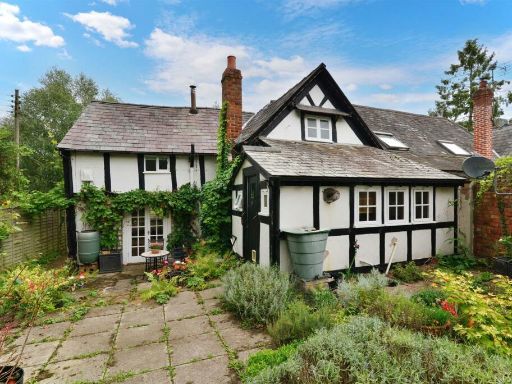Summary - THE OLD POST OFFICE EARDISLAND LEOMINSTER HR6 9BD
3 bed 1 bath Cottage
Private extensive gardens and ample parking in a sought‑after village setting.
Grade II listed timber‑framed cottage with strong period character
Newly renovated interior: remodeled kitchen, refurbished bathroom, oak flooring
Large private rear gardens with orchard, greenhouse, sheds and pond
Off‑street parking for at least three cars on hardstanding
Two reception rooms with wood burners; ground‑floor cloakroom and utility
Private septic tank drainage; mains services connected
Property has experienced localized flooding into sitting room — survey recommended
Listed status restricts alterations and may complicate renovation or servicing
Tucked into the heart of picture‑perfect Eardisland, The Old Post Office is a Grade II listed timber‑framed cottage marrying period character with recent sympathetic updating. Newly renovated areas include a remodeled kitchen, refurbished bathroom and new oak flooring, so the house is largely ready to occupy while retaining original beams, fireplaces and fitted bookshelves that give it warmth and charm.
The layout works well for family life: two reception rooms with wood burners, a practical utility and ground‑floor cloakroom, plus three double bedrooms upstairs. Outside, the large, well‑stocked rear gardens are a standout — private terraces, lawns, a small orchard, vegetable/’wilder’ section and greenhouse offer plenty of space for children, pets and productive gardening. Off‑street parking for several cars is a genuine advantage in the village setting.
Buyers should note key practical considerations. The property is Grade II listed, which restricts alterations and can complicate works or services. There has been some localized flooding historically, with water having entered the sitting room — prospective buyers should commission an appropriate survey and check insurance implications. Drainage is via a private septic tank, and mains checks are recommended.
For families seeking a character home in a highly regarded village with excellent primary schools nearby and easy access to Leominster, this house offers a rare combination: historic appeal, generous gardens and recent internal upgrades. It will suit buyers who appreciate period detail and who are comfortable working within listed‑building constraints.
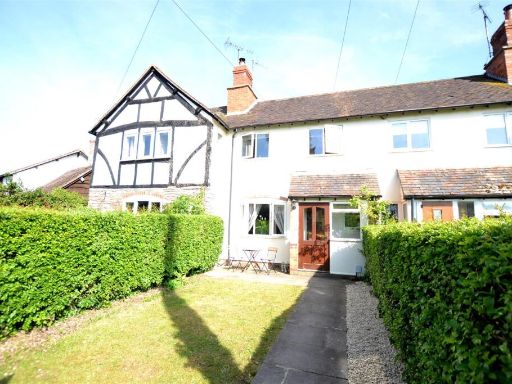 3 bedroom cottage for sale in Eardisland, Herefordshire, HR6 — £270,000 • 3 bed • 1 bath • 743 ft²
3 bedroom cottage for sale in Eardisland, Herefordshire, HR6 — £270,000 • 3 bed • 1 bath • 743 ft²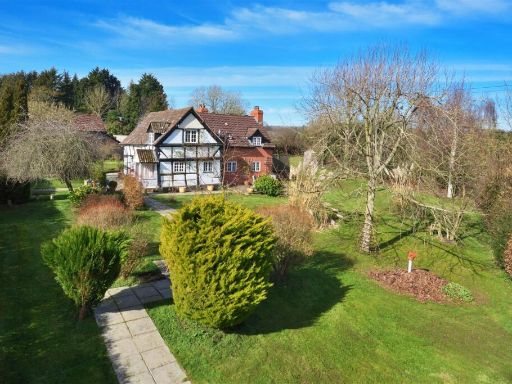 3 bedroom cottage for sale in Great Oak, Eardisley, Hereford, HR3 — £525,000 • 3 bed • 2 bath • 1459 ft²
3 bedroom cottage for sale in Great Oak, Eardisley, Hereford, HR3 — £525,000 • 3 bed • 2 bath • 1459 ft² 2 bedroom semi-detached house for sale in Bishopstone, Hereford, HR4 — £285,000 • 2 bed • 1 bath • 908 ft²
2 bedroom semi-detached house for sale in Bishopstone, Hereford, HR4 — £285,000 • 2 bed • 1 bath • 908 ft²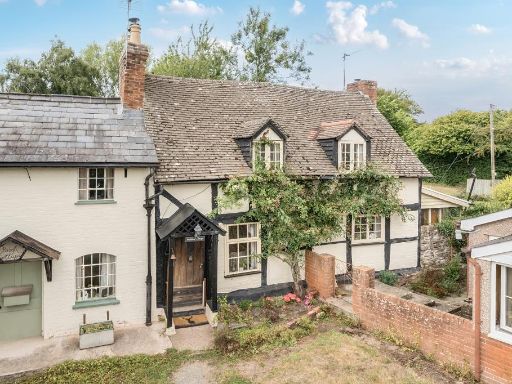 2 bedroom cottage for sale in Eardisley, Herefordshire, HR3 — £385,000 • 2 bed • 1 bath • 1228 ft²
2 bedroom cottage for sale in Eardisley, Herefordshire, HR3 — £385,000 • 2 bed • 1 bath • 1228 ft²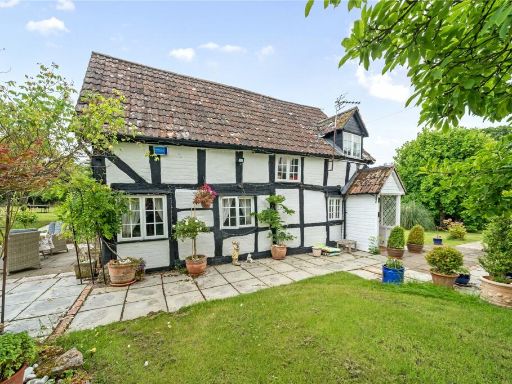 3 bedroom detached house for sale in Eardisley, Hereford, HR3 — £525,000 • 3 bed • 1 bath • 1584 ft²
3 bedroom detached house for sale in Eardisley, Hereford, HR3 — £525,000 • 3 bed • 1 bath • 1584 ft²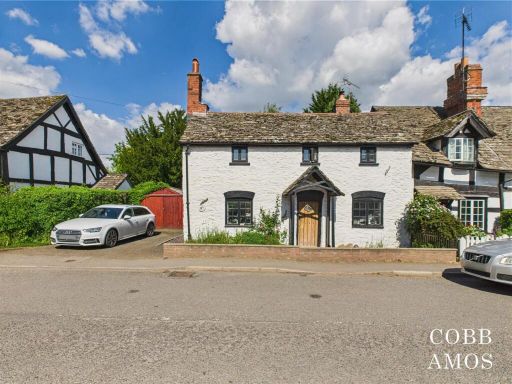 2 bedroom semi-detached house for sale in Church Road, Eardisley, HR3 — £299,950 • 2 bed • 1 bath • 853 ft²
2 bedroom semi-detached house for sale in Church Road, Eardisley, HR3 — £299,950 • 2 bed • 1 bath • 853 ft²



























